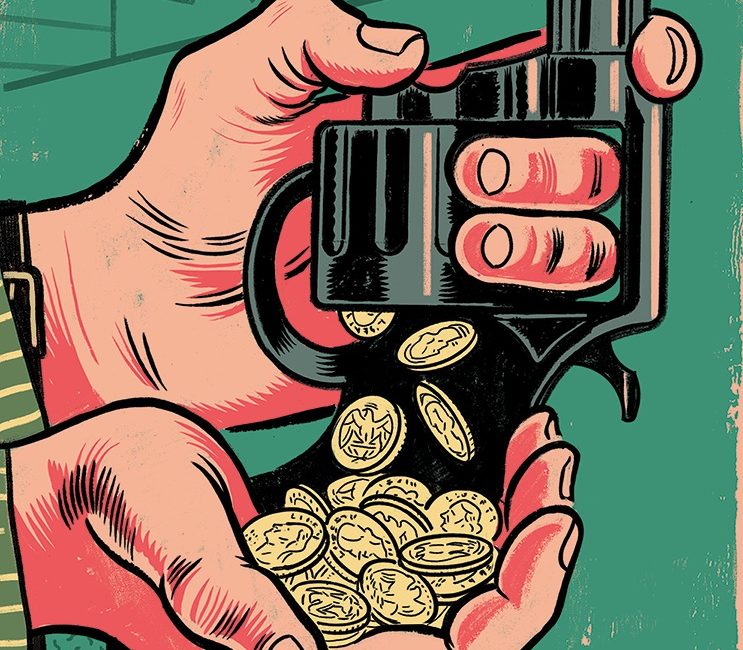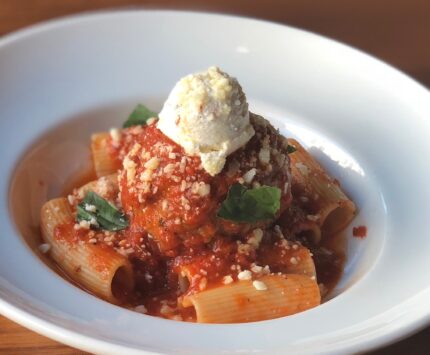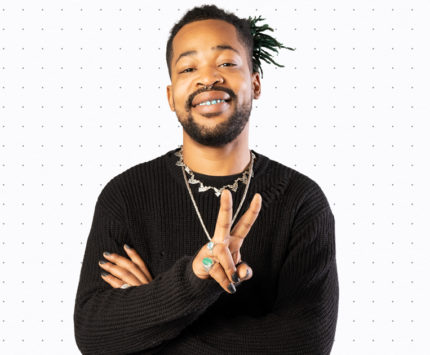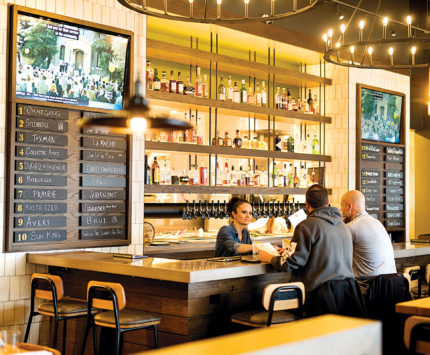
Illustration by Curt Merlo
Crosshairs Of America
When Dallas booked the 147th National Rifle Association Annual Meeting for May 2018, city officials likely didn’t expect it to turn their town into the epicenter of a national debate over gun policy. But in the months leading up to the convention, their plans—and hundreds of American lives—were abruptly altered. A series of mass shootings from October 2017 to February 2018—including one at Marjory Stoneman Douglas High School in Parkland, Florida—killed more than 100 people, and mobilized NRA critics and gun-reform groups with unprecedented force. Activists launched a boycott that put enormous pressure on the NRA’s corporate partners to sever ties with the group.

Illustration by Curt MerloIllustration by Curt Merlo
Dallas braced for a tense standoff. On one side stood groups like Moms Demand Action for Gun Sense and March for Our Lives, the student-led organization founded by Parkland survivors. On the other side, the NRA and 80,000 of its loyal members. Some Dallas city officials wanted to call the whole thing off. Then-Mayor Pro Tem Dwaine Caraway pleaded with the NRA to “reconsider” coming to the city. The NRA came anyway. So did the protesters. One of them, Fred Guttenberg—father to one of the victims of the Parkland shooting—set up a stage a few blocks from the convention. As he spoke of how his daughter was “hunted” at school, pro-gun supporters heckled him through a bullhorn.
Meanwhile, Dallas and the people whose jobs depend on conventions benefited. According to Visit Dallas, the city’s tourism-promotion agency, the gathering netted a total of $42 million in economic impact. That’s a lot of money. It’s why Indianapolis’s tourism-and-marketing arm, Visit Indy, has spent the past 15 years cultivating a relationship with the NRA. Their efforts paid off when Indy finally hosted its first NRA Annual Meeting in 2014. The city will host the event again this month, and yet again in 2023. Together, the three conventions will rake in more than $100 million in economic impact.
In the wake of what happened last year in Dallas, however, it’s clear that the benefits of hosting the NRA convention come with significant baggage. And when you consider Indy’s escalating gun violence problem, Indy’s relationship with the organization looks particularly complicated. Perhaps no one better understands that than Visit Indy senior vice president Chris Gahl, who helped pitch the NRA. His father was shot dead in the prime of his life by a gunman.
There’s fresh-cut hair on the floor. Indianapolis City-County Councilor Zach Adamson has just served his last customer of the day at his hair salon at 230 East Ohio Street. As a downtown business owner, Adamson understands the cold calculus that drives Visit Indy to pursue large conventions like the NRA’s. When 80,000 people show up downtown for three days, hotels, restaurants, bars, and other businesses all cash in. Still, Adamson, a Democrat, isn’t exactly the NRA’s biggest cheerleader. Last summer, he co-sponsored a resolution declaring gun violence a public health crisis in Indianapolis. It was non-binding, and more symbolic than functional, but the NRA urged its members to oppose it. It passed. “They’ve been beating the same drum for a long time,” he says of the firearm advocacy group. “Everyone knows they’re just shilling for the gun manufacturers. That is their only mission.”
While he doesn’t fault Visit Indy for bringing the NRA to town, Adamson does take issue with Indiana lawmakers who, he says, take the NRA’s money and “enact preemption laws that prevent cities like ours from having any reasonable kind of gun control.”
There’s no question that Indy has a gun violence problem. Last year was our bloodiest yet, with 156 criminal homicides—80 percent of which involved an illegal gun.
Paul Helmke is the rare Indiana Republican who agrees with Adamson. The former Fort Wayne mayor (1988–2000) served as the president of the Brady Campaign to End Gun Violence from 2006 to 2011. Now the director of the Civic Leaders Center at Indiana University, Helmke continues to be a gun-reform activist. One of his biggest frustrations with state lawmakers is their fondness for preemption laws, which essentially prevent local governments from tailoring gun policy for the particular needs of their communities. In Indiana, for example, local governments are prohibited from regulating firearms, ammunition, or firearm accessories.
“Everyone knows they’re just shilling for the gun manufacturers. That is their only mission.”
“Republicans supposedly believe in local control, but at the state level, they’re taking power away from local communities,” Helmke says. “When the state says cities can’t restrict guns in public parks and things of that nature, I think the state has gone too far.” Helmke blames the proliferation of preemption laws—more than 40 states have them—on the NRA’s legislative arm, the Institute for Legislative Action. “They have a stranglehold on many of our elected state officials,” he says.
Indianapolis Mayor Joe Hogsett hadn’t yet taken office when Visit Indy booked the 2019 and 2023 NRA conventions—a fact he was quick to point out when asked about the issue. He also implied that he had explored the possibility of canceling the event, but that the costs of doing so were too steep. “The city would be forced to pay hundreds of thousands of dollars to the NRA in order to end the contract,” he says. “Having talked to many who oppose the NRA’s position on gun control, they’ve made clear to me that the last thing they want the city to do is try to make a political point by handing the NRA hundreds of thousands of taxpayer dollars that they could then use to further promote their agenda.”
In other words: “My hands are tied.”
Indy’s relationship with the NRA started the way many business deals do: with a cold call. It was 2003, and Bill McGowan, president of what was then known as the Indianapolis Convention & Visitors Association, challenged his team to bring bigger and more lucrative conventions to town. So a sales executive picked up the phone and dialed the NRA.
That call sparked a courtship that heated up two years later when the Indiana General Assembly passed a bill allowing for the $275 million expansion of the Indiana Convention Center. Over the next several years, tourism officials enticed NRA officials with a variety of improvements: a new airport terminal, a new football stadium, a new 1,005-room JW Marriott hotel. That all helped move the needle, but it took phone calls from heavy-hitting Hoosier NRA supporters Mitch Daniels and Mike Pence to seal the deal. In 2010, after seven years of wooing, Visit Indy finally won its first NRA convention.
Remarkably, it took only six months to win the next two. And some of the credit for that belongs to Visit Indy senior vice president Chris Gahl.
Soft-spoken, exceedingly cordial, and with TV-news-anchor good looks, Gahl has the perfect skill set for selling the city. But that’s not why Gahl is a Visit Indy “designated point person,” as he puts it, for all things NRA. He earned that distinction for a far more personal reason.
“We are a hospitable city. It is a foundation block of our DNA as Hoosiers and as a city. In rebooking the NRA, we had that in mind. If we are going to be able to say ‘Indy Welcomes All,’ we need that to hold true.”
In 1986, Gahl was sitting in his third-grade classroom when his mom showed up and, through tears, explained to him that his dad was “in heaven.” Gahl, just 8 years old at the time, was stunned. “I remember clenching my fist and pounding the table and saying, ‘What hap-pened? What happened?’” he says.
His father, federal probation officer Thomas Eric Gahl, had been shot and killed while attempting a home visit in Fountain Square. The murder sparked a nationwide manhunt that ended in Missouri when Gahl’s killer, Michael Wayne Jackson, took his own life with his final shotgun shell—but not before murdering two additional people first.
Gahl doesn’t share that story in search of sympathy. Initially, he objected to its inclusion in this piece at all. But after further discussion, he agreed that it might help readers understand just how important big conventions like the NRA Annual Meeting are to Indianapolis. They provide jobs. They help families pay for mortgages and healthcare. When downtown hotels aren’t full, people are out of work.
“Making sure employees are earning a paycheck is a huge part of what Visit Indy exists to do,” he says. “And 86 percent of all the paychecks derived from the tourism industry go to the neighborhoods outside Center Township, and even outside Marion County. So we feel a sense of urgency to fill the city with as many conventions as we can.”
Could Visit Indy focus its efforts on other conventions? Some cities, like Seattle, have refused to host the NRA at all. But as Councilman Adamson says, “They’re Seattle. They’re kicking conventions away. Indianapolis, not so much.”
Besides, Gahl says, welcoming paying customers like the NRA is truer to our local character than simply slamming the door in the NRA’s face. To make his point, he invokes the “Indy Welcomes All” slogan that emerged from the 2015 RFRA controversy.
“We are a hospitable city,” he says. “It is a foundation block of our DNA as Hoosiers and as a city. In rebooking the NRA, we had that in mind. If we are going to be able to say ‘Indy Welcomes All,’ we need that to hold true.”
What Gahl says feels accurate: “Indy Welcomes All” can’t function selectively if it’s to be taken seriously. On the other hand, the NRA didn’t come knocking on our door. We pursued them. Would we have been better off if that ICVA sales executive—and Mitch Daniels and Mike Pence—had never picked up the phone?
Cathy Weinmann—local group leader for Moms Demand Action for Gun Sense in America—doesn’t answer that question the way you might expect. Rather than wishing the NRA had their party in another city, Weinmann sees the convention as a chance for activist groups like hers to weaken an organization that, she thinks, is already on the ropes. “The message we are putting out is resonating, and the midterms prove it,” she says.
Candidates supported by gun-reform activist groups did make inroads in the U.S. House of Representatives in 2018. And though most Indiana legislators still support the NRA, in some ways, the organization appears vulnerable.

The NRA’s first convention in Indy was in 2014. The city has won commitments for two more visits from the controversial group.Courtesy AP
NRA spending on the 2018 midterms was down sharply, spurring rumors of deeper financial problems. And in the wake of last December’s guilty plea of accused Russian spy and NRA enthusiast Maria Butina (who attended the 2014 convention in Indianapolis), the group is under increased scrutiny from the FBI.
In light of all this, some anti-NRA activists are starting to smell blood. Weinmann points out that even here in reliably NRA-friendly Indiana, pro-gun bills are facing more hurdles in the Statehouse than ever before. “In the past, a lot of gun laws went from the committee to the floor to boom—it’s a lock,” she says. “That doesn’t happen anymore.”
If history is any indication, changes to Indiana’s gun laws, if they come at all, will arrive slowly and deliberately. Nevertheless, Weinmann will join countless others later this month to stand in opposition to the one group that, in their view, stands in the way of progress.
Meanwhile, the man who helped bring the NRA to Indianapolis is also helping groups like Moms Demand Action. For the past several months, Gahl has fielded calls from activist organizations eager to protest the NRA. He informs them about the “Free Speech Zones” that are designated specifically for the purpose, and guides them to all the information they’ll need to be ready for the day.
If he’s personally conflicted about his role in bringing the NRA to town, Gahl doesn’t show any signs of it. Instead, he says, Visit Indy “believes that hosting the NRA is good for the city, and I share those beliefs.”
“You might consider that hard to believe,” he adds. “But hosting a high-profile convention like this, with the topics that are being discussed at the convention center, gives our community the perfect platform to have meaningful discussion about gun violence.”
Adamson sees it more as an opportunity for protest groups to express the city’s will after years of record gun violence.
“When faced with something that rubs against the grain of our common decency, the people of Indianapolis are not likely to sit by idly,” he says. “I think that will be the real show this month.”





